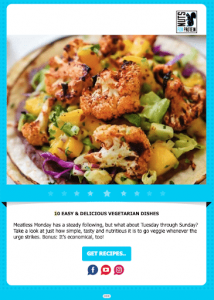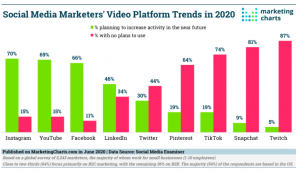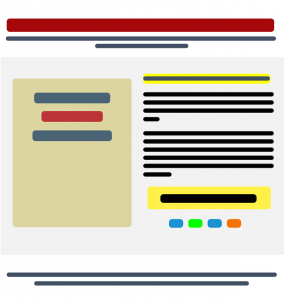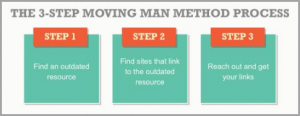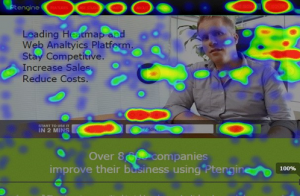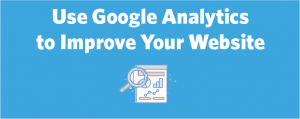Marketing automation is extremely powerful in its own right for many reasons: more responsive messaging, effective prospect nurturing, improved productivity, better targeting, and machines that free up humans to focus on strategy, to name a few.
Automation also provides additional benefits to the marketing organization:
- Customer Journey — The process of automation forces marketers to think through a customer lifecycle (or as TopRight calls it: the Customer BuyWay), and invent content that will address particular needs in key moments of truth for high-value customers.
- Audience Insights — Automation lets customers find their own path to purchase, allowing marketers to be responsive to people whenever they connect. It also provides great feedback and insights for additional customer journeys that may become popular. For example, in 2013, it was estimated that about 6% of back-to-school shopping happened online. In 2014, it was 28%. Customers do not buy only in the way you direct them.
While benefits abound, marketing automation is also a daunting undertaking for many organizations. Once a platform has been chosen, all eyes are on the implementation and launch team. Visualizing the entire customer journey in email touchpoint workflows, learning an entirely new user interface and platform, and building out complex nurturing campaigns can be overwhelming at first.
Previously, we’ve provided strategic insight into how to avoid unproductive stress and tension, overcome the “Valley of Despair”, and use a marketing automation implementation to spur organization-wide change. Since we’ve covered the strategic elements of marketing automation, let’s take a tactical look at using email marketing to start your marketing automation journey.
Whether you are launching your marketing automation initiative or are preparing for a future investment in marketing automation, you can employ these basic steps to develop a better understanding of email automation.
Here are four tips to help you get started:

1. Start building an email list today!
This can be as simple as asking visitors to subscribe to your blog — don’t get hung up on the logistics, just start collecting email addresses.
2. Automate repeatable touchpoints to free up space for testing new ideas.
Many repeatable interactions will benefit from strategically timed email campaigns and can be easily automated. Consider abandoned shopping carts, non-responsive contacts, new product alerts, frequent shopper discounts, and renewal cycles. Automation ensures quick campaign execution and regular communication, and it allows you to focus your team on more ad hoc testing and experimentation to find the right mix to surprise and delight your audiences.
3. Identify key lifecycle moments.
There are likely several important customer lifecycle moments where you can test out automation to establish internal benchmarks and determine the value to your business. Look for the areas where many people get “stuck” during the journey. For example, a B2B firm could send a purchase checklist to a new prospect a week after a flurry of website research, which could engage the prospect with your sales team or other online resources. Consider inviting decision makers and influencers to local events. While couponing is common practice, B2C firms should consider content or special recognition to re-engage people who have gone dormant.
4. Never “Set it and Forget It” – especially with transactional and service messaging.
Transactional and service messages are usually sought out by customers and well read. They are opportunities to express your brand voice and tone, even if you aren’t actively selling in them (which you shouldn’t be doing anyway.) Do a regular inspection of all your non-promotional messages — from password resets to purchase confirmations and shipping notifications – and make sure that these automated emails are being delivered and arrive in a reasonable amount of time. The inevitable result of a slow delivery or off-message transactional email is that customers will look elsewhere.
There are plenty of email best practices out there, but email marketing automation isn’t one size fits all. It’s essential to test your automation programs and differentiate based on empirical results that matter to your business. Your success in marketing automation will help you engage with more customers more often, and increase sales and loyalty. Marketing Automation projects give you great insights into your customer journey and must be aligned across all channels. We recommend using The Customer BuyWay™ to optimize the multi-channel and platform approach in which brands are activated and managed today.
Getting started with these 4 basic steps will help you develop a better understanding of the benefits of email marketing automation. While easing into your marketing automation journey is a great way to develop an understanding of automation across your marketing organization, it’s essential to have the Conditions for Success in place before you begin your project.
Until now, there has been no explicit, formally organized, and broadly shared view of what these conditions for success include and what is involved in setting and maintaining them on a marketing automation implementation project. It has been strictly a matter of individual project management interpretation, project manager experience, and a little bit of art.
Use TopRight’s Conditions for Marketing Automation Success Diagnostic to bring greater rigor, discipline, and science your marketing automation journey.
Photo credit: Flickr
Digital & Social Articles on Business 2 Community(32)
Report Post
